A new year begins, it is time to take stock of the developments of the Warp 10 platform in 2022.
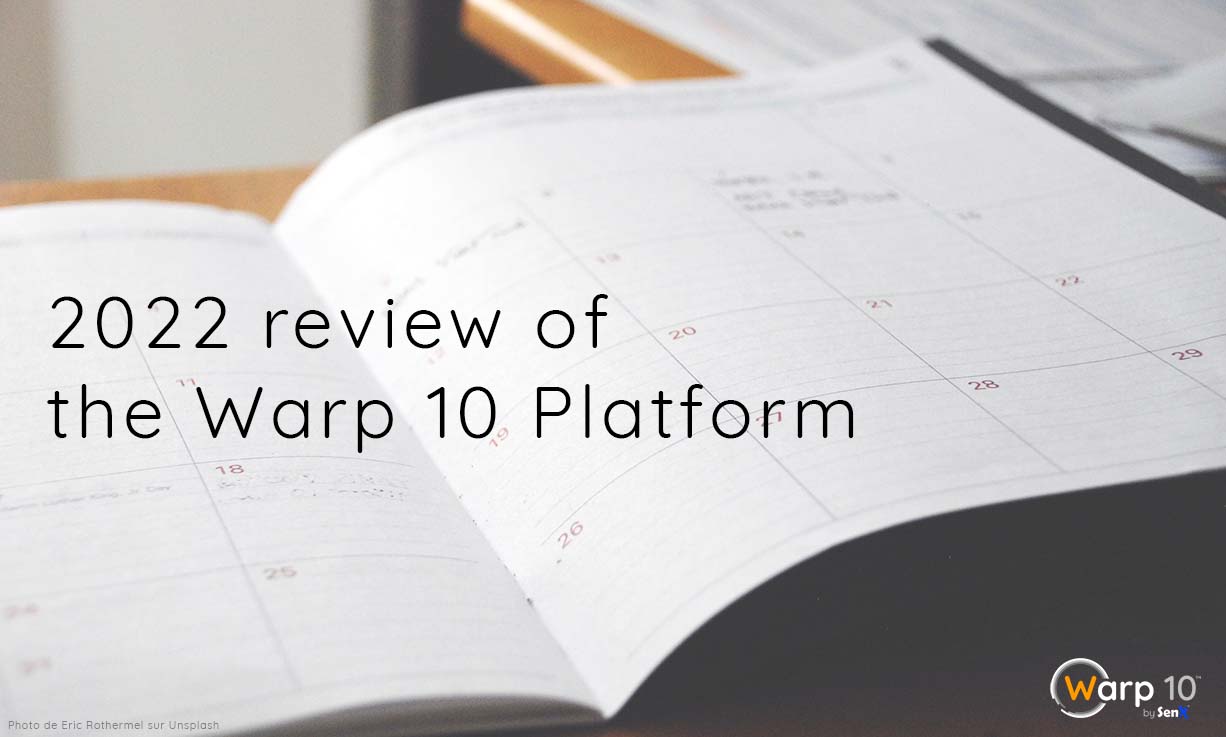
I join the whole team in wishing you a happy new year 2023.
2022 was mainly a continuation of 2021 for Warp 10, with the evolution of certain tools, and the introduction of a new storage format.
This article summarizes the major changes of the Warp 10 platform in 2022 (and presents some novelties to expect for 2023).
| You arrived on the blog by chance and you don't know Warp 10? Catch up here. |
What's new?
First of all, some figures to summarize the evolution of Warp 10 in 2022:
- 3 releases
- 3395 GitHub interactions
- WarpLib has reached 1352 available functions, and 29 extensions and plugins
Among the new functions introduced in the last three releases, there are:
- MSEC and MRSEC can make macros secure hence avoiding access to their code to those executing them.
- RUNNERAT and RUNNERIN allow rescheduling executions of runners either at a specific time or after a specific delay.
- METAMATCH allows to determine if
GTSorENCODERinstances match a selector. - For scripts executed via the
runcommand ofwarp10-standalone.sh, the functions FLOAD, FREAD, FSTORE, and STDIN allow to interact with the local filesystem and with standard input. - INDEXOF, to get the indexes of elements.
All the changes of these last 3 releases are detailed here.
Resources
Whether you are a beginner or an advanced Warp 10 user, the documentation and the blog are valuable resources. This is why our team keeps the documentation as up-to-date as possible and regularly publishes new content to support you in your use of Warp 10.
A number of new pages have been added or updated in the documentation in 2022, including:
- Full documentation of Discovery, from setup to configuration and customization → Here
- Discovery Explorer Howto
- As Geo Time Series is an important subject for Warp 10, we added a page to detail what a GTS is
- How to connect industrial IoT equipment to Warp 10
- WarpFleet Synchronizer Howto
What about the blog?
In 2022, we talked a lot about Discovery (under the tag Discovery), and the ecosystem in which Warp 10 can be used, such as Power BI or Apache Nifi.
We also talked about the Ethereum blockchain, Macros OpSec, and HTTP requests, and Xavier and Pierre also shared tutorials to connect a medical device and measure your home heating oil consumption thanks to Warp 10.
And finally, as in 2021, we published a guest post: Warp 10 at the center of a small ISP, written by Benjamin Somers.
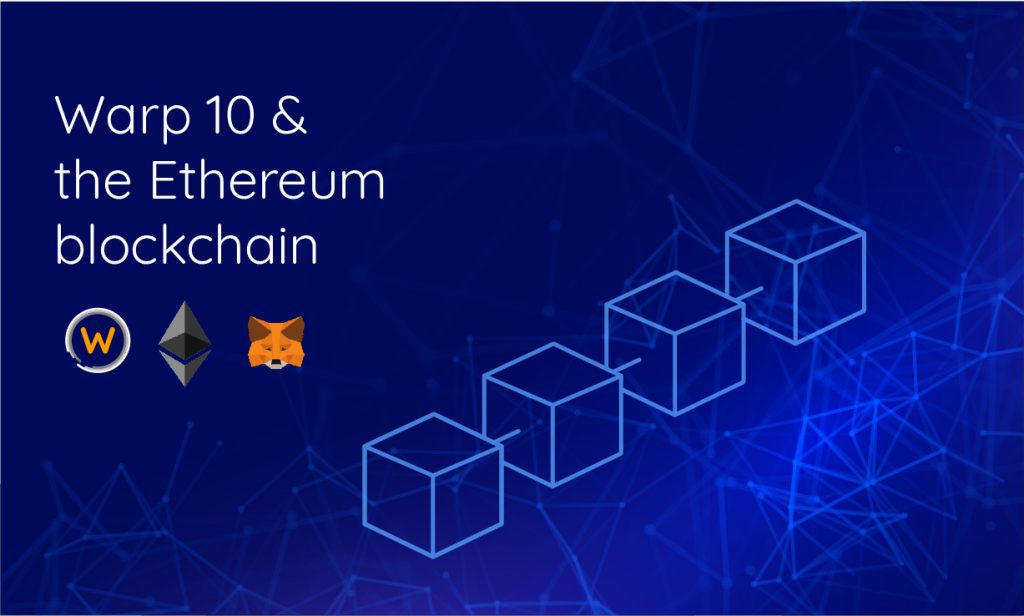
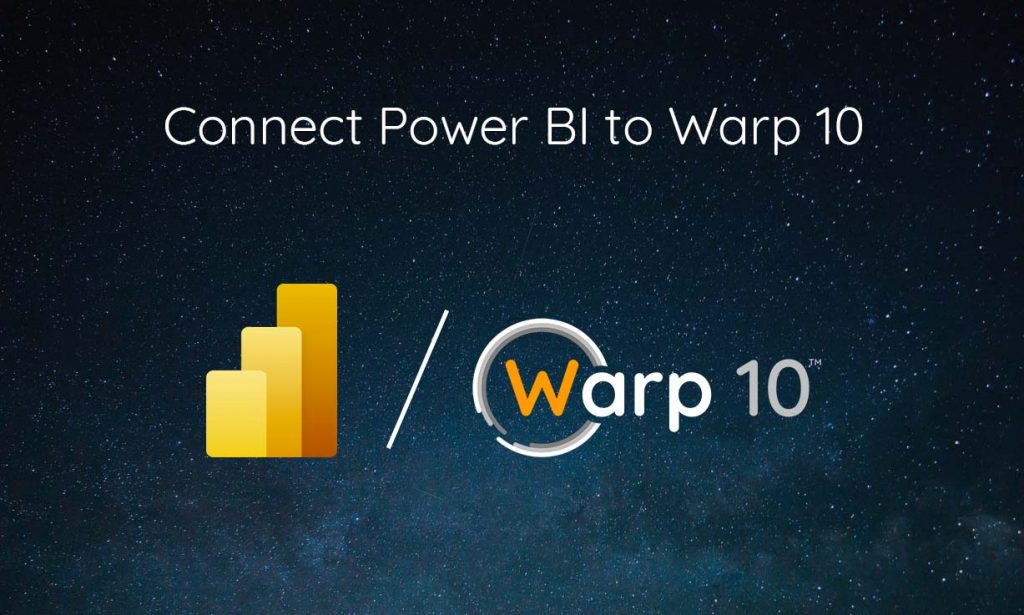
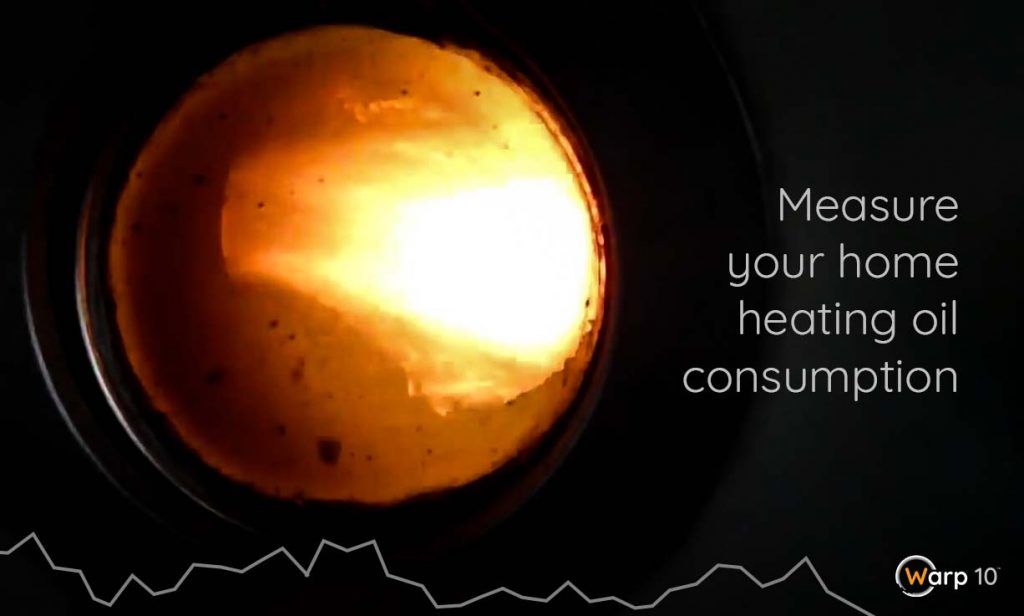
These are just a sample of the articles published in 2022. To not miss the next publications, follow Warp 10 on Twitter.
Introducing HFiles
Time series data such as those produced by sensors can rapidly accumulate and outgrow the capacity of your time series database.
One way of dealing with this situation is to store downsampled versions of the data and delete the original raw data points. While this addresses the issue, it poses a problem for the mid and long term as the raw data are no longer available and therefore some analytics cannot be performed and in fine some extractable value is no longer accessible.
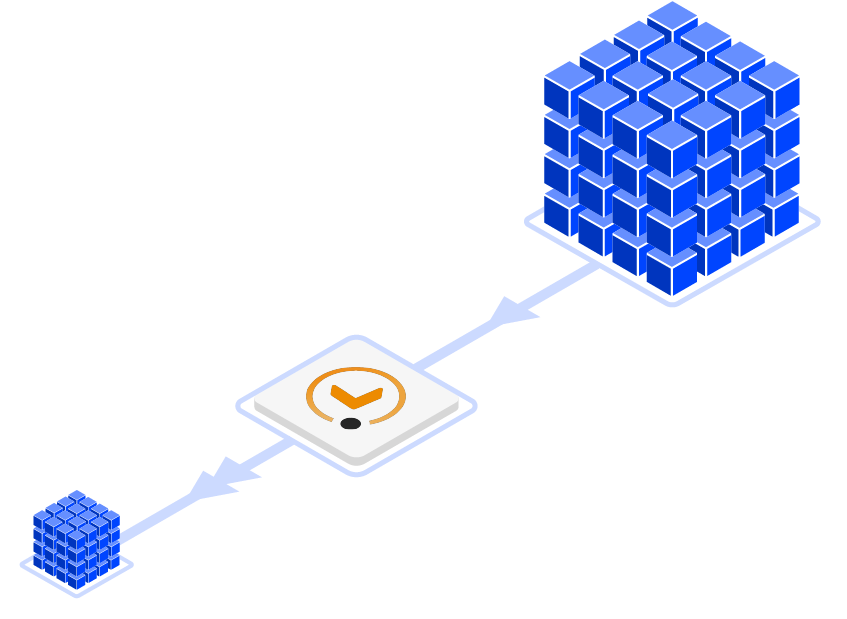
So SenX introduced a new storage format for time series data, called HFiles (for History Files).
History Files come as a cloud-native extension to the Warp 10 Platform. It offers both a very low storage footprint (file size is commonly on par or better than Parquet files, and 2-5x more efficient than common Time Series storage formats), and a very high retrieval performance since more data points are read per storage block (with throughputs of 10s or 100s of millions of data points per second opening the way to very fast interactive analytics on large historical data sets).
→ Read more about HFiles here.
| Contact our team to set up a quick demo by converting data you store in existing solutions so you can judge by yourself on your own data how efficient HFiles can be for both storage and access. |
Discovery
Many of you are now using Discovery, our dashboard as code tool, and we are very thrilled!
In 2022, Discovery has evolved greatly. Here are the main changes:
- You can now export your dashboard in PDF
- Add custom tiles through the plugin mechanism
- Dashboard in dashboard ("dashboard", "dashboard:flex", "dashboard:scada" tile types)
- Add vars injection into dashboards and tiles
- New tiles available: slider, range slider, Chip list, Profile, checkboxes, heatmap, compass gauge, multi-select and multi-input
- Custom markers are now supported in maps: url, base64, svg, icon
- Add custom HTML in map tooltips
- Add custom HTTP headers settings
- Custom and local date format
- CSS color names support (aka 'red')
- Add "selected", "bounds" discovery events
- Add data attribute to discovery-dashboard tag to pass a WarpScript execution result
- Add dashboard title and description events
- Add markers, labels on thresholds, pieces, and polygons support on line/scatter family charts
- Add custom Y axis Labels
- Rename series with the 'key' param attribute
- And many fixes and improvements
You can find most of these new features presented in the doc and on the blog.
What about 2023?
The team is working on some big changes for Warp 10 and hopes to be able to release a new major version in Q1 2023. We can't wait to tell you more!
For Discovery, the roadmap is quite busy. Here are some features we plan to work on this year:
- Draw area on a map for geo selection
- A 3D Viewer plugin
- Add annotations directly on charts and store a datapoint.
- Discovery builder (a drag & drop dashboard builder based upon macros)
Some changes are also planned for Warpstudio in 2023, such as the integration of Discovery.
Takeaways
Before you leave, I would like to thank our growing community. Your questions and feedback are essential for the development of Warp 10.
So if you’re not there yet, I invite you to join our Slack community. This is the best channel to be notified of upcoming platform updates.
Read more
Covid Tracker built with Warp 10 and Discovery
Server monitoring with Warp 10 and Telegraf
Truly Dynamic Dashboards as Code

Digital Communication Manager